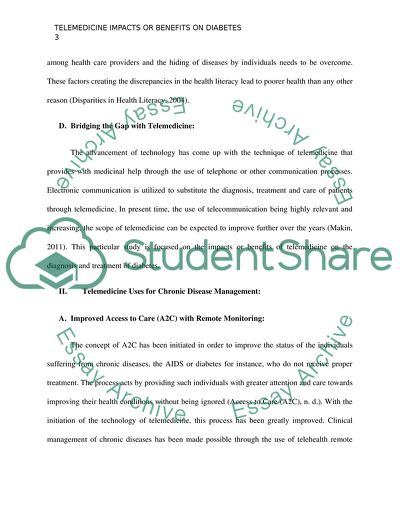Cite this document
(“Telemedicine for Diabetes Management Research Paper”, n.d.)
Telemedicine for Diabetes Management Research Paper. Retrieved from https://studentshare.org/health-sciences-medicine/1769899-telemedicine-impacts-or-benefits-on-diabetes
Telemedicine for Diabetes Management Research Paper. Retrieved from https://studentshare.org/health-sciences-medicine/1769899-telemedicine-impacts-or-benefits-on-diabetes
(Telemedicine for Diabetes Management Research Paper)
Telemedicine for Diabetes Management Research Paper. https://studentshare.org/health-sciences-medicine/1769899-telemedicine-impacts-or-benefits-on-diabetes.
Telemedicine for Diabetes Management Research Paper. https://studentshare.org/health-sciences-medicine/1769899-telemedicine-impacts-or-benefits-on-diabetes.
“Telemedicine for Diabetes Management Research Paper”, n.d. https://studentshare.org/health-sciences-medicine/1769899-telemedicine-impacts-or-benefits-on-diabetes.


